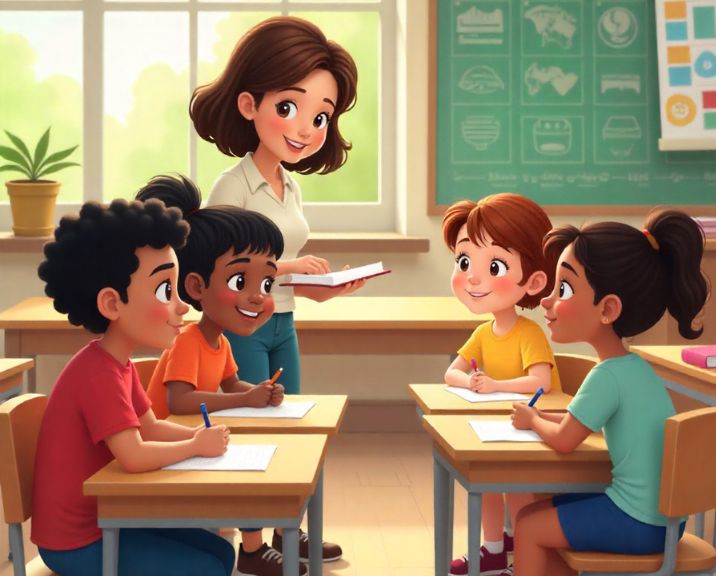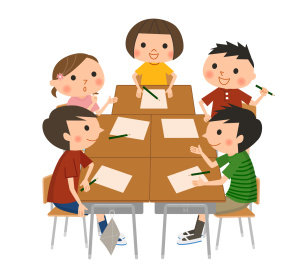
Is Grouping Students by Ability Logical?
We’ve all experienced the embarrassment of being labeled as “low ability” and the subsequent difficulty of discussing it with our parents due to feelings of shame. The impact on a child’s confidence is significant when they are placed in a lower category. Even if they possess energy and enthusiasm, it feels wasted as both teachers and peers are aware of the perceived judgment. This categorization tendency is not limited to any particular subject, and it can have a profound effect on how students are perceived.. The Manthan School near Gaur city Noida Extension is strictly against this idea.
Negative Impact Of Grouping
There are innumerous factors that can have a negative impact on this:
Self-esteem and Confidence: When children are grouped into lower ability categories, it can severely impact their self-esteem and confidence. They may start to doubt their abilities and develop a negative self-perception, leading to a lack of motivation and reluctance to participate actively in class.
Mixed-Ability Classrooms: Instead of separating students, mixed-ability groups allow children to learn from each other. Stronger students can support weaker ones, while every child benefits from exposure to different learning styles and perspectives. This builds teamwork, empathy, and mutual respect.
Personalized Learning: Teachers can adapt lessons to different learning speeds without labeling students. For example, some students may need extra practice, while others may enjoy advanced tasks. Both groups stay in the same class but receive tasks that match their level.
Encouraging Growth Mindset: Rather than labeling children as “low” or “high” ability, schools can teach them that skills improve with practice. Celebrating effort, not just results, helps children stay motivated and see challenges as opportunities to grow.
Use of Technology and Creative Methods: Digital tools, interactive games, and project-based learning can make lessons engaging for all levels. This approach ensures every student participates without feeling left out or “less capable.”
Stigmatization and Labeling: Grouping can lead to stigmatization and labeling of students based on their perceived abilities. This can create divisions among students and reinforce stereotypes. Being labeled as “low ability” can affect students’ sense of identity and hinder their belief in their potential for growth and improvement.
Limited Expectations: Grouping can result in limited expectations from teachers and peers. Once a child is placed in a lower ability group, there is a tendency to underestimate their capabilities and provide them with less challenging or engaging learning opportunities. This can restrict their academic progress and limit their potential achievements.
Reduced Opportunities for Growth: Grouping may limit the exposure of students to diverse perspectives and learning experiences. It can prevent students from interacting and collaborating with peers who have different strengths and abilities. As a result, they may miss out on valuable opportunities for personal and intellectual growth.
Negative Peer Perception: Grouping can lead to negative perceptions from peers. Students may face teasing, bullying, or social exclusion based on their assigned group. This can create a hostile social environment, further impacting their well-being and hindering their social development.
Reinforcement of Fixed Mindset: Grouping can reinforce a fixed mindset among students, where they believe their abilities are fixed and unchangeable. This mindset can discourage them from taking risks, embracing challenges, and developing a growth mindset, which is essential for resilience and continuous learning.
Conclusion
It is important for educators to consider the potential negative impacts of grouping and strive for inclusive and differentiated approaches that foster the individual strengths and needs of all students. Creating a supportive and empowering learning environment can help mitigate these negative effects and promote the overall well-being and success of school children.
